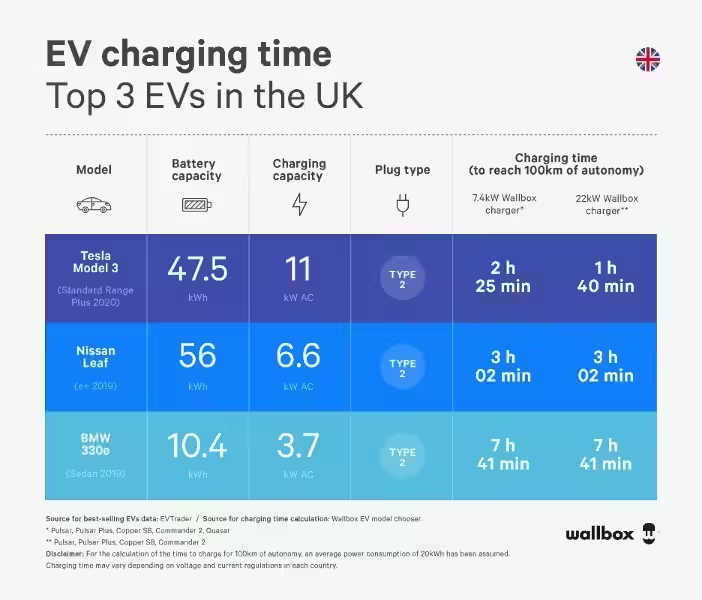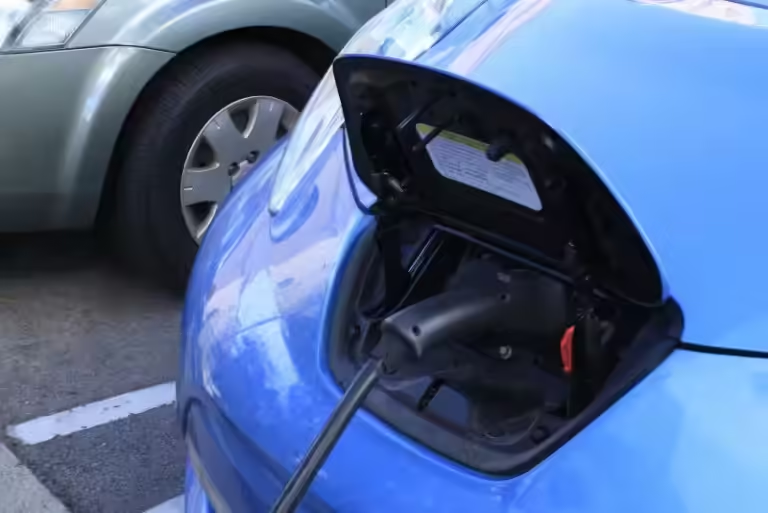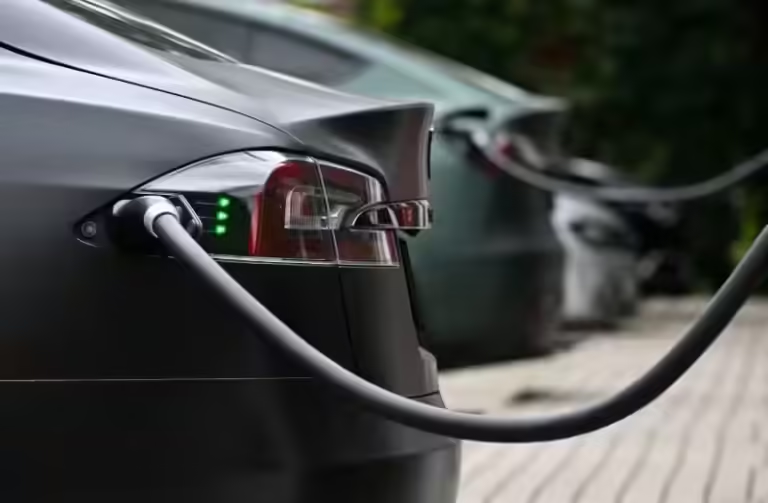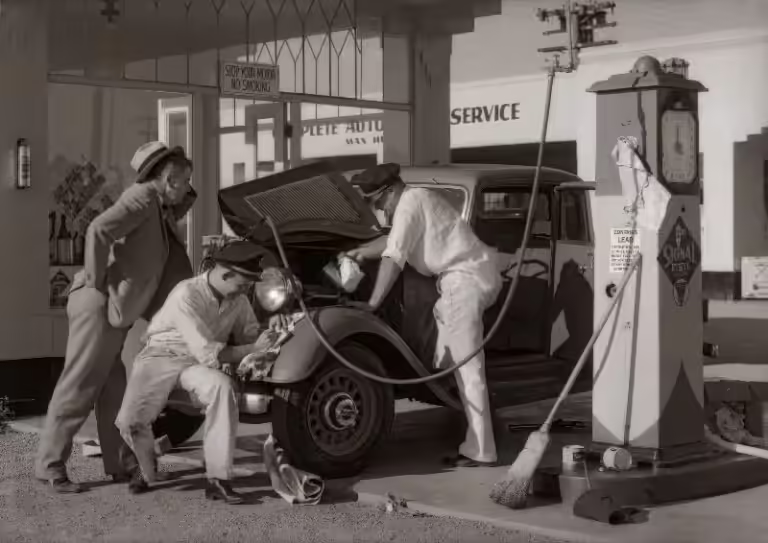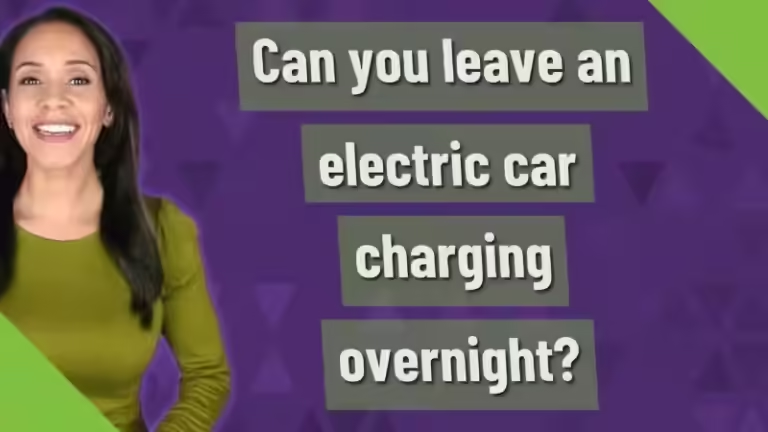What Happens When Your Chevy Volt Battery Dies?

The Chevrolet Volt, a pioneering plug-in hybrid electric vehicle (PHEV), offers a unique blend of electric power and gasoline engine efficiency. But what happens when the battery that powers its electric motor runs out of juice? Let's dive into the intricacies of this scenario and understand how your Volt behaves.
The Volt’s Hybrid Powertrain: A Symphony of Engines
The Chevy Volt's powertrain is a marvel of engineering. It seamlessly integrates a powerful electric motor with a gasoline engine. The electric motor is responsible for propelling the car in pure electric mode, offering a silent and emission-free ride. When the battery's charge diminishes, the gasoline engine smoothly takes over, ensuring you can continue your journey.
The Battery's Role in Electric Driving
The Volt's battery is the heart of its electric driving capabilities. It stores energy collected from plugging into an external power source. This stored energy powers the electric motor, allowing you to drive solely on electricity for a considerable distance. When the battery's charge depletes, the Volt automatically transitions into gasoline mode.
What Happens When the Battery Dies?
As the Volt's battery charge reaches its end, the vehicle seamlessly transitions into gasoline-powered mode. This transition is virtually unnoticeable to the driver, ensuring a smooth and uninterrupted driving experience. The gasoline engine takes over, providing the necessary power to move the car until you can recharge the battery.
Don't Panic! The Gasoline Engine Takes Over
The most important thing to remember is that your Volt won't be left stranded on the side of the road if the battery dies. The gasoline engine is designed to seamlessly kick in, ensuring you can continue driving. The transition from electric to gasoline mode is smooth and silent, so you'll barely notice the change.
Key Takeaways:
- The Chevy Volt's battery powers the electric motor.
- When the battery dies, the gasoline engine automatically takes over.
- The transition from electric to gasoline mode is seamless and unnoticeable.
- You can still drive your Volt even if the battery is dead.
- The gasoline engine is a backup system that ensures you can keep driving.
The Chevy Volt's hybrid powertrain is designed to provide you with the best of both worlds: the quiet, efficient performance of electric driving and the extended range of a gasoline engine. Understanding how the system works can enhance your driving experience and provide peace of mind on the road.
What happens when the Chevy Volt battery dies?
Can I still drive my Volt if the battery is dead?
Yes, the Chevy Volt is a plug-in hybrid, meaning it can run on both electricity and gasoline. If the battery is completely drained, the gasoline engine will automatically start and power the vehicle.
How far can I drive on gasoline?
The Chevy Volt's gasoline engine provides a range of approximately 370 miles, however the total range will vary depending on factors like driving conditions and fuel efficiency.
How long does it take to charge the battery?
The charging time for the Chevy Volt's battery depends on the type of charger used. A Level 2 charger can fully charge the battery in about 4 hours, while a Level 1 charger can take up to 13 hours.
Will the gasoline engine start automatically when the battery is low?
No, the gasoline engine will only start when the battery is completely depleted. The Volt uses a combination of the battery and the gasoline engine to maximize efficiency and range.
How can I prevent the battery from dying?
The best way to prevent the battery from dying is to charge it regularly. You can use a home charger or public charging stations. It's also a good idea to monitor your battery's charge level and plan your trips accordingly.


